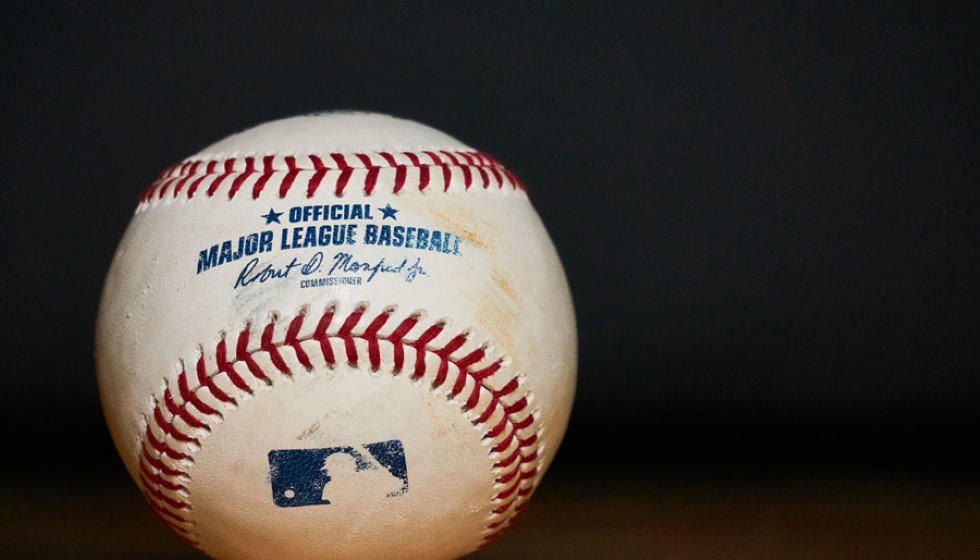
In the high-stakes world of Major League Baseball (MLB), where every pitch can dictate the outcome of a game, the health of pitchers is paramount. Yet, recent trends and changes within the sport have spurred concerns over the well-being of those on the mound. Notably, Eury Pérez, Shane Bieber, Jonathan Loáisiga, and Spencer Strider find themselves on the sidelines due to injuries, highlighting a broader issue within the league.
Adding to the woes, Framber Valdez was recently scratched from a scheduled start, citing elbow soreness—a symptom all too familiar for pitchers. Alarmingly, statistics reveal that 34.2% of MLB pitchers have undergone Tommy John surgery, a procedure that replaces an injured elbow ligament with a tendon from elsewhere in the body. This figure not only underscores the physical demands placed on modern pitchers but also signals a growing epidemic within the sport.
As the season kick-started, it was observed that 80% of the players on the injured list were pitchers. This disproportionate representation of pitchers among injured players points towards the unique strains they face. Various factors contribute to this scenario, from the implementation of a pitch clock, which possibly exerts additional pressure on pitchers, to the relentless pursuit of increased velocity and enhanced spin rates, which can exact a heavy toll on a pitcher's arm.
Changes in the Game and Their Impact
The recent crackdown on the usage of foreign substances has also been linked to a spate of injuries. These substances, once a staple in a pitcher's arsenal for better grip and control, have been banned, leaving players scrambling for alternatives. This sudden change, as some players argue, could be exacerbating injury rates. Moreover, the trend towards early specialization in youth baseball has its detractors, who argue that it leads to early wear and tear on young arms, setting the stage for future injuries.
Another point of contention is the health implications of reduced recovery times between appearances on the mound. As the game evolves, so too does the strain on its players, with the league's decision-making bodies yet to officially acknowledge or study the effects these changes are having on player health.
Voices from the Field
The sentiment within the player community is one of frustration and concern. One quote captures the essence of the prevailing mood: "Our concerns about the health impacts of reduced recovery time have only intensified." This statement reflects a broader anxiety about the direction in which the game is heading and its potential ramifications on player wellness.
Moreover, there's a palpable sense of frustration with the league's current stance, or lack thereof, on addressing these issues. Another player expressed his concerns, saying, "The league's unwillingness thus far to acknowledge or study the effects of these profound changes is an unprecedented threat to our game and its most valuable asset — the players." This sentiment highlights the gap between player experiences and the league's regulatory responses.
Finally, echoing the concerns about the ban on foreign substances, one pitcher shared, "I truly believe 100% that's why I got hurt. I'm frustrated MLB doesn't understand. You can't just tell us to use nothing. It's crazy." This perspective offers a firsthand account of the direct impact such policy changes can have on those who make their living on the diamond.
Conclusion
The rising injury rates among MLB pitchers point to a confluence of factors, from game-level changes like the pitch clock and substance bans to broader trends in player development and conditioning. These issues are not just statistical anomalies but real concerns that affect careers, teams, and the very fabric of the game. As the league continues to evolve, finding a balance between innovation and the health of its players will be crucial. For now, the voices of injured pitchers serve as a poignant reminder of the physical and emotional toll the sport can take, highlighting an urgent need for reassessment and action from MLB's governing bodies.